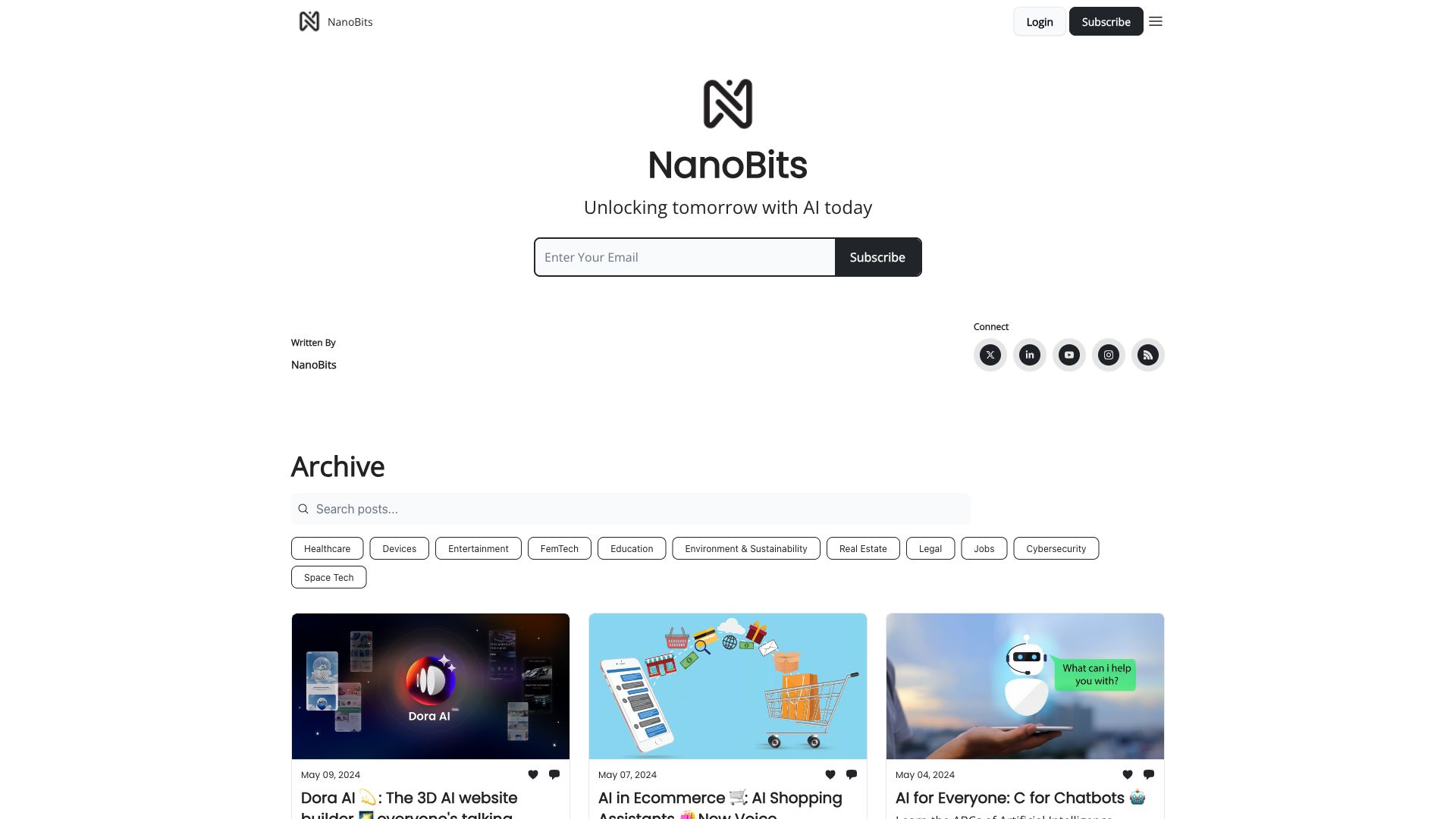Awesome AI Knowledge Graph Tools in 2024
Discover the awesome 1 AI tools for 2024 By Candytools
Unlocking tomorrow with AI today
More AI Tools Categories
What is AI Knowledge Graph?
An AI Knowledge Graph is a powerful tool that uses artificial intelligence (AI) to represent knowledge in a structured and interconnected way. Imagine a vast network of concepts, entities, and their relationships, all organized to mimic how humans understand the world.
Here's a breakdown:
1. Structure of a Knowledge Graph:
- Nodes: Represent individual entities like people, places, things, or concepts. For example, "Albert Einstein," "New York City," or "Quantum Physics."
- Edges: Represent the relationships between nodes. For example, "Albert Einstein" is "born in" "Germany." "New York City" "is a" "city."
- Labels: Provide additional information about the nodes and edges. For example, an edge label could be "date of birth" or "type of relationship."
2. AI's Role in Building and Utilizing Knowledge Graphs:
- Information Extraction: AI algorithms can analyze vast amounts of text and data to identify entities and relationships, automatically building the knowledge graph. This includes tasks like named entity recognition and relationship extraction.
- Reasoning and Inference: AI can use the knowledge graph to answer questions, make predictions, and draw inferences that go beyond the explicitly stated information.
- Knowledge Discovery: AI can uncover hidden patterns and connections within the knowledge graph, leading to new insights and discoveries.
3. Applications of AI Knowledge Graphs:
- Search Engines: Enhance search results by understanding user intent, providing direct answers, and making intelligent recommendations.
- Chatbots and Virtual Assistants: Power conversational AI by providing background knowledge and enabling more natural and informative interactions.
- Recommendation Systems: Provide personalized recommendations for products, services, or content by understanding user preferences and connections between items.
- Drug Discovery and Medical Research: Analyze complex medical data to identify potential drug targets, predict patient outcomes, and accelerate research.
- Fraud Detection and Risk Management: Identify suspicious patterns and connections in financial data to detect fraud and assess risk.
Examples of Knowledge Graphs:
- Google Knowledge Graph: A massive knowledge graph used by Google to enhance search results.
- IBM Watson: IBM's AI system relies heavily on knowledge graphs for its reasoning and decision-making abilities.
- Amazon Product Graph: Connects products, brands, reviews, and other information to improve product recommendations and search.
Benefits of AI Knowledge Graphs:
- Structured Knowledge Representation: Makes information more organized, accessible, and usable by machines.
- Improved Understanding: Enables machines to better understand the meaning and context of information.
- Enhanced Reasoning and Decision-Making: Supports more intelligent and informed decisions by providing contextual information.
- Knowledge Discovery: Uncovers new insights and connections that would be difficult to find manually.
Challenges of AI Knowledge Graphs:
- Scalability: Building and maintaining large knowledge graphs can be complex and resource-intensive.
- Data Quality: The accuracy of the knowledge graph depends on the quality of the data it's built on.
- Bias: Knowledge graphs can reflect biases present in the data used to create them.
AI knowledge graphs are becoming increasingly important as we move towards a more data-driven world. They are helping us organize, understand, and utilize information more effectively, leading to more intelligent systems and applications.
